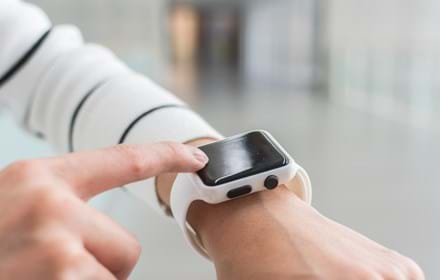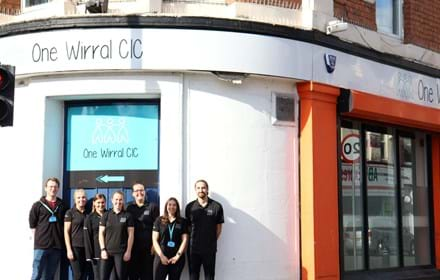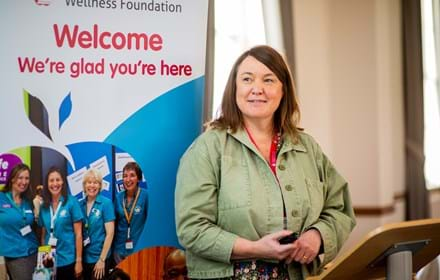
Smart sensor for diabetes foot wounds could reduce amputation
Researchers at the University of Nottingham believe the sensor will prevent some of the estimated 7,000 limb amputations in England each year.
A smart sensor that can detect how a wound is healing and potentially reduce the risk of amputation is being developed by researchers at the University of Nottingham.
Grant funding of more than £900,000 has been secured to develop a smart wound dressing that will be embedded with optical fibre sensors to see how well affected tissue is healing, or if it may be infected.
Researchers hope the project to develop the disposable dressing could have a positive impact on reducing the number of limb amputations related to diabetes-related foot ulcers and the financial burden to the NHS.
Healthcare costs for wound management - currently estimated to be around £4.5-£5.1 billion a year – accounts for more than 4% of the NHS budget.
And the cost of treating diabetic foot ulcers makes up around £1 billion of that total.
The development of the sensor will focus on tackling the problem of hard-to-heal wounds and researchers hope that better wound monitoring could potentially reduce the 7,000 lower limb amputations that affect people with diabetes in England each year.
Professor Steve Morgan, Director of the Centre for Healthcare Technologies and Royal Society Industry Fellow at the University, said: “Thanks to a £902,524 grant from the Medical Research Council, we can develop a real step change in the care of chronic wounds. Our smart wound dressing incorporates optical fibre sensors which will remotely monitor multiple biomarkers associated with wound management such as temperature, humidity and pH, providing a more complete picture of the healing process.
“At present, regular wound redressing is the only way to visually assess healing rates, however this exposure can encourage infection, disrupt progress and creates a huge economic burden on NHS resources. Instead our technology will indicate the optimum time to change the dressing and send out an alert if intervention is required with infected or slow-healing wounds to improve patient care and cut the number of healthcare appointments needed.”
Following laboratory tests the proposed sensors will be made to be very thin, lightweight, and flexible, using low-cost optical fibres. This versatile platform will then be incorporated into fabric that will look and feel the same as a conventional wound dressing.
People using the dressing will be able to monitor how the wound is healing electronically, with the information also shared with their clinicians by wireless transfer link to mobile phones.
The dressing will cost marginally more than the average dressing, however researchers added that the higher initial cost will be offset by fewer dressing changes or clinical visits and reduced healing time.
It is estimated that a reduction in costs associated with visits and appointments of 10% would provide £300 million annual savings to the NHS alone.
The project will last 34 months in total - 24 months on product development and 10 months of clinical evaluation and chronic wound patient feedback.
Support DRWF by making a donation here
Find out more about DRWF-funded research here
Find out more about DRWF fundraising here
For latest update follow DRWF on Facebook, Instagram and Twitter
To receive the charity’s latest bulletins as they become available, please sign up here
Read DRWF diabetes information leaflets here
Join the Diabetes Wellness Network here
I would like to make a regular donation of
I would like to make a single donation of
There are lots of ways to raise money to support
people living with all forms of diabetes.
Bake, Swim, Cycle, Fly ... Do It For DRWF!
Fundraise with us
Recent News


